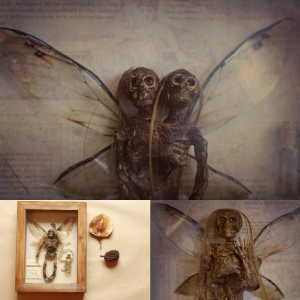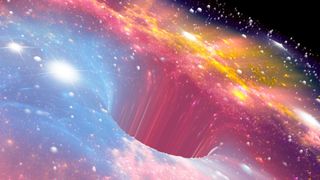
An illustration of a theoretical wormhole tunneling through space-time
If wormholes exist, they could magnify the light of distant objects by up to 100,000 times — and that could be the key to finding them.
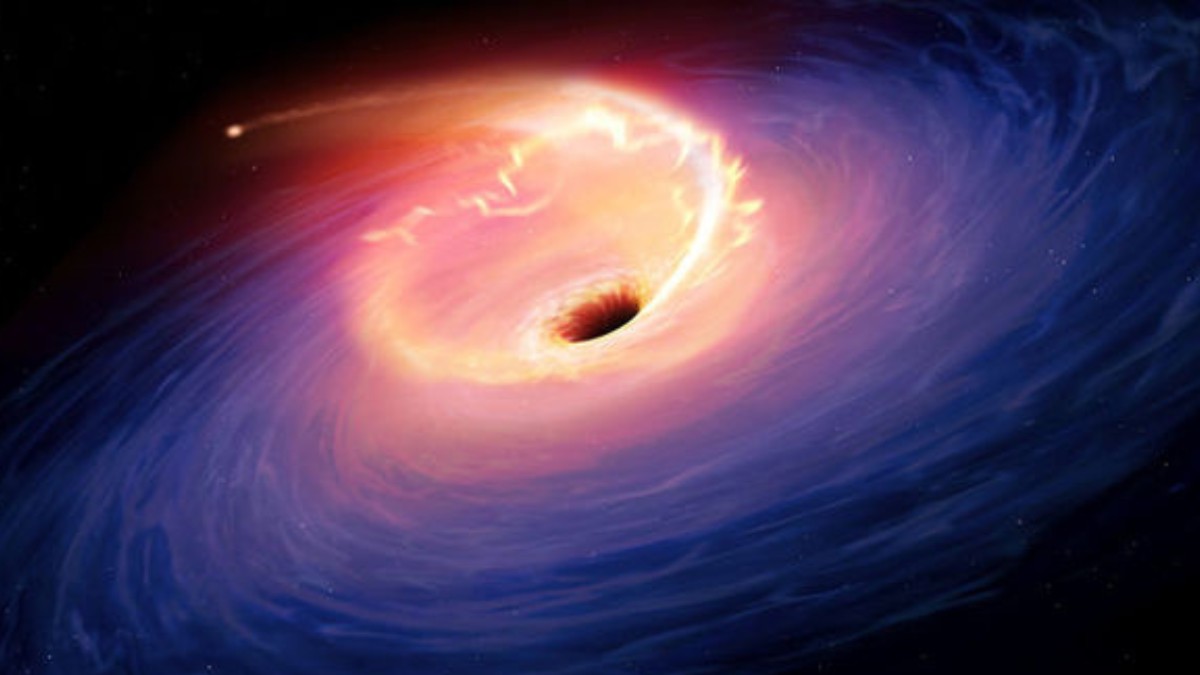
Wormholes are theoretical funnel-shaped portals through which matter (or perhaps spacecraft) could travel great distances. To imagine a wormhole, suppose all of the universe were a sheet of paper. If your starting point were a dot at the top of the sheet and your destination were a dot on the bottom of the sheet, the wormhole would appear if you folded that sheet of paper so the two dots met. You could traverse the entire sheet in an instant, rather than traveling the entire length of the sheet.
Wormholes have never been proven to exist, but physicists have nonetheless spent decades theorizing what these exotic objects might look and how they might behave. In their new paper, the researchers built a model to simulate an electrically charged, spherical wormhole and its effects on the universe around it. The researchers wanted to find out whether wormholes could be detectable by their observed effects on their surroundings. Their research was published Jan. 19 in the journal Physical Review D (opens in new tab).
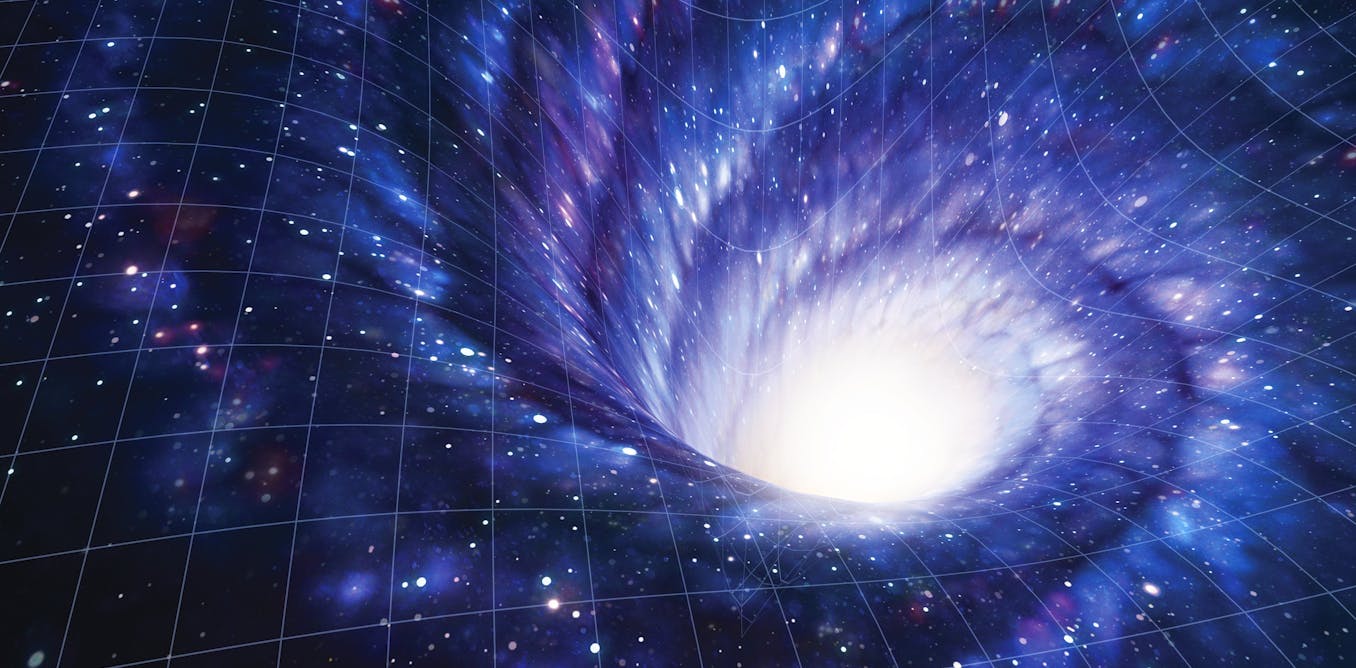
Milky Way’s supermassive black hole ‘spaghettifies’ filament of gas – Spotted by Keck Observatory
0 seconds of 1 minute, 5 secondsVolume 0%
The researchers’ model shows that wormholes, should they exist, could be massive enough to trigger one aspect of Einstein’s theory of relativity: That extremely massive objects bend the fabric of space-time to such a degree that they cause light to curve. This bent light magnifies whatever lurks behind the massive object, as seen from our perspective on Earth. This phenomenon is known as “microlensing,” and it allows scientists to use massive objects, like galaxies and black holes, to view extremely distant objects, like stars and galaxies from the early universe.
In the paper, the researchers argue that wormholes, like black holes, would be massive enough to magnify distant objects behind them.
“The magnification via the distortion by a wormhole can be very large, which could be tested one day,” lead study author Lei-Hua Liu (opens in new tab), a physicist at Jishou University in Hunan, China, told Live Science in an email.
Liu also noted that wormholes would magnify objects differently than black holes do, meaning scientists could distinguish the two. For example, microlensing via a black hole is known to produce four mirror images of the object behind it. Microlensing via a wormhole, on the other hand, would produce three images: Two dim ones, and one very bright one, the authors’ simulations showed.
However, because other objects — like galaxies, black holes and stars — also produce a microlensing effect, finding a wormhole with no clear clues about where to start looking would be a difficult undertaking, Andreas Karch (opens in new tab), a physicist at the University of Texas at Austin who was not involved in the study, told Live Science in an email.
Trying to tease out the microlensing caused by a wormhole versus other large objects would be like “trying to make out the soft voice of a single person in the middle of a rock concert,” Karch said. He also noted that while the paper authors offered an interesting theoretical way to identify wormholes, “they don’t even talk about how to do this in practice yet — that’s future work.”
Although wormholes are still solidly theoretical, the fact that the researchers’ model could one day be tested is “the dream for most physicists,” Liu said.

JoAnna Wendel is a freelance science writer living in Portland, Oregon. She mainly covers Earth and planetary science but also loves the ocean, invertebrates, lichen and moss. JoAnna’s work has appeared in Eos, Smithsonian Magazine, Knowable Magazine, Popular Science and more. JoAnna is also a science cartoonist and has published comics with Gizmodo, NASA, Science News for Students and more. She graduated from the University of Oregon with a degree in general sciences because she couldn’t decide on her favorite area of science. In her spare time, JoAnna likes to hike, read, paint, do crossword puzzles and hang out with her cat, Pancake.





